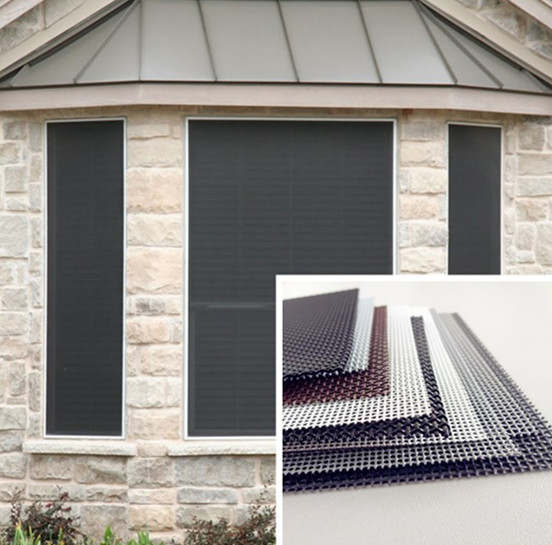Window Screen
In generally, the Window Screen including stainless steel window screen, aluminum window screen, alloy window screen, fiberglass window screen, etc .
The weave type is flat weaving.
Surface treatment of window screen: painted, glavanized, PVC, etc .
The window screen is generally used in hotels, public construction, civil buiding block of the mosquitoes and other insects.
Advantages of window screen :
light weight
good toughness
embroidery
ventilated good corrosion resistance
easy to clean

Window Screen,Aluminum Window Screen,Plastic Window Screen,Stainless Steel Window Screen,Stainless Steel Wire Mesh
ANPING COUNTY SHANGCHEN WIREMESH PRODUCTS CO.,LTD , https://www.scwiremesh.com